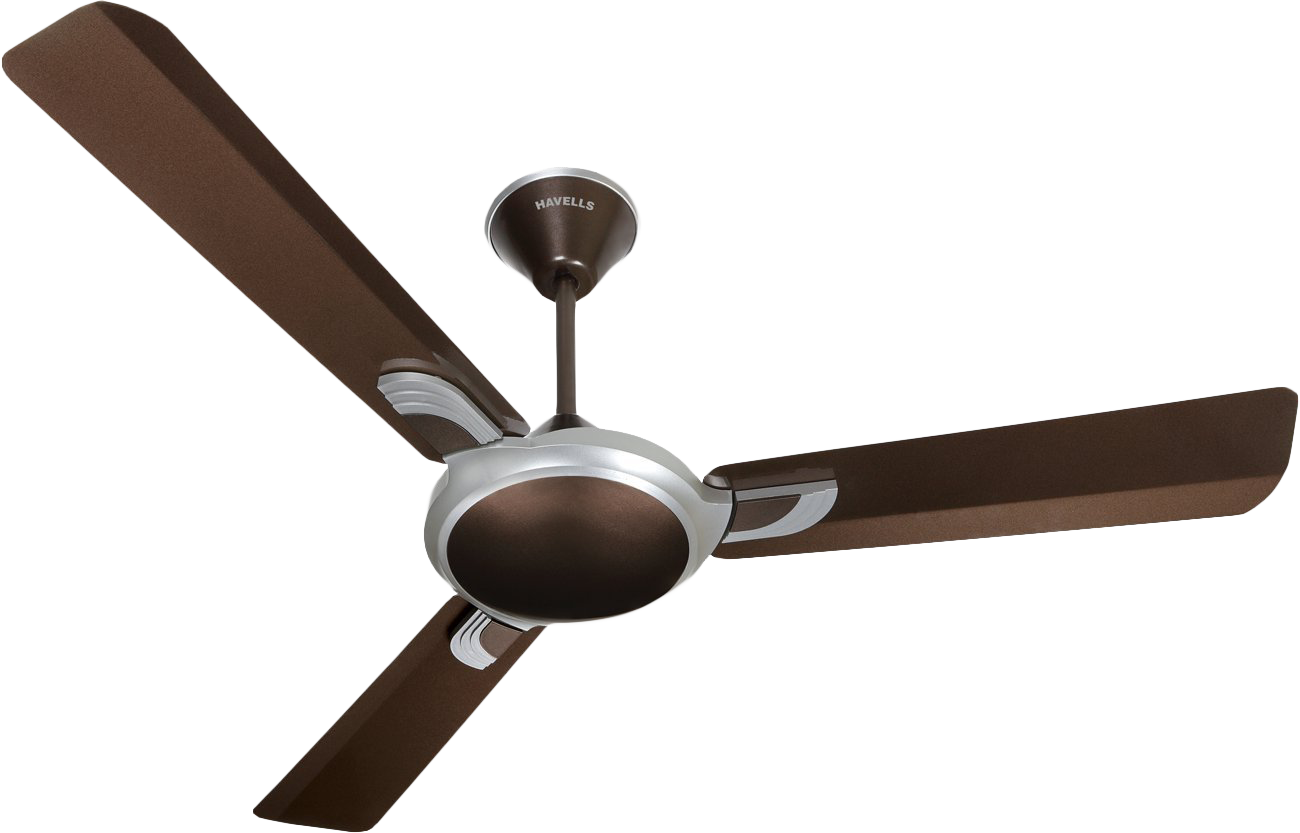Ceiling fans provide efficient air circulation, keeping indoor spaces cool and comfortable. They come in various styles and sizes, offering energy-efficient cooling solutions for homes and offices.
Specifications
Primary Function
Air Circulation: Ceiling fans are designed to circulate air, creating a cool breeze that helps regulate room temperature and increase comfort.
Energy Efficiency: By improving air circulation, ceiling fans allow users to feel cooler at higher temperatures, reducing reliance on air conditioning and lowering energy bills.
Design and Build
Blade Design: Ceiling fans come with different blade designs (such as curved, straight, or multi-blade) that enhance airflow and aesthetic appeal.
Material Options: Common materials for blades include wood, metal, and plastic, each offering durability, aesthetic value, and performance.
Size Variations: Ceiling fans are available in a range of sizes, from compact fans for smaller rooms to larger ones designed for spacious areas or open-plan environments.
Motor Type: Ceiling fans often feature high-efficiency motors that provide quiet, consistent airflow while consuming less energy.
Finish and Style: Available in various finishes such as brushed nickel, matte black, wooden, and modern metallics, ceiling fans can be tailored to complement the interior decor of any space.
Performance and Airflow
CFM (Cubic Feet per Minute): The airflow of a ceiling fan is measured in CFM, which indicates the volume of air it can circulate per minute. A higher CFM value means greater airflow, ideal for larger rooms or spaces with higher ceiling heights.
Reversible Motors: Many ceiling fans come with reversible motors, allowing users to change the direction of the fan blades. In the summer, the fan moves air downward for cooling, while in winter, it circulates warm air from the ceiling down to the floor to maintain warmth.
Energy Efficiency
Low Power Consumption: Ceiling fans use very little electricity compared to air conditioning units, making them an eco-friendly cooling solution.
Energy Star Certification: Many modern ceiling fans are Energy Star certified, ensuring they meet high standards for energy efficiency and performance.
Variable Speed Settings: Ceiling fans often feature multiple speed settings to adjust airflow according to the desired cooling effect or time of day.
Control and Features
Remote Control: Many ceiling fans come with a remote control for easy operation, allowing users to adjust the fan speed, direction, and light settings from across the room.
Wall Control: Some ceiling fans feature a wall-mounted switch for controlling fan speed and light, often offering more control options than standard pull chains.
Smart Ceiling Fans: Some fans can be integrated with smart home systems, allowing users to control the fan through a smartphone app or voice commands using platforms like Amazon Alexa or Google Assistant.
Lighting Integration
Built-in Lighting: Many ceiling fans come with integrated lighting options, offering both illumination and cooling in a single fixture. These lights may include LED bulbs, which are energy-efficient and provide long-lasting brightness.
Light Control: Some models include dimmable lights that allow users to adjust the brightness based on the time of day or mood, enhancing the overall ambiance of the room.
Noise Level
Quiet Operation: Modern ceiling fans are designed for quiet operation, even at high speeds. High-quality motors, blade design, and balanced assembly reduce noise, making them ideal for bedrooms, offices, and other noise-sensitive areas.
Noise Reduction Features: Some fans feature noise-reducing technology to ensure quiet airflow, making them suitable for sleeping environments or areas where minimal sound is preferred.
Applications and Use Cases
Residential Use: Ceiling fans are commonly used in living rooms, bedrooms, kitchens, and other areas where comfort is needed.
Commercial Use: Ceiling fans are also used in offices, retail spaces, and warehouses, providing energy-efficient cooling in larger, open spaces.
Outdoor Spaces: Outdoor-rated ceiling fans are designed to withstand exposure to weather conditions and can be used in patios, gazebos, and porches for added comfort.
Key Considerations
Room Size: Choose a fan with an appropriate CFM rating for your room’s size to ensure effective cooling.
Ceiling Height: For optimal airflow, the fan should be installed at a height of 7-9 feet from the floor. Longer downrods may be required for rooms with higher ceilings.
Installation: Ceiling fans are generally easy to install but may require professional installation for specific models, especially if electrical wiring adjustments are needed.
Maintenance: Regular maintenance, such as dusting the blades and ensuring the motor is in good condition, helps extend the fan’s lifespan.
